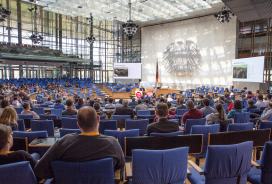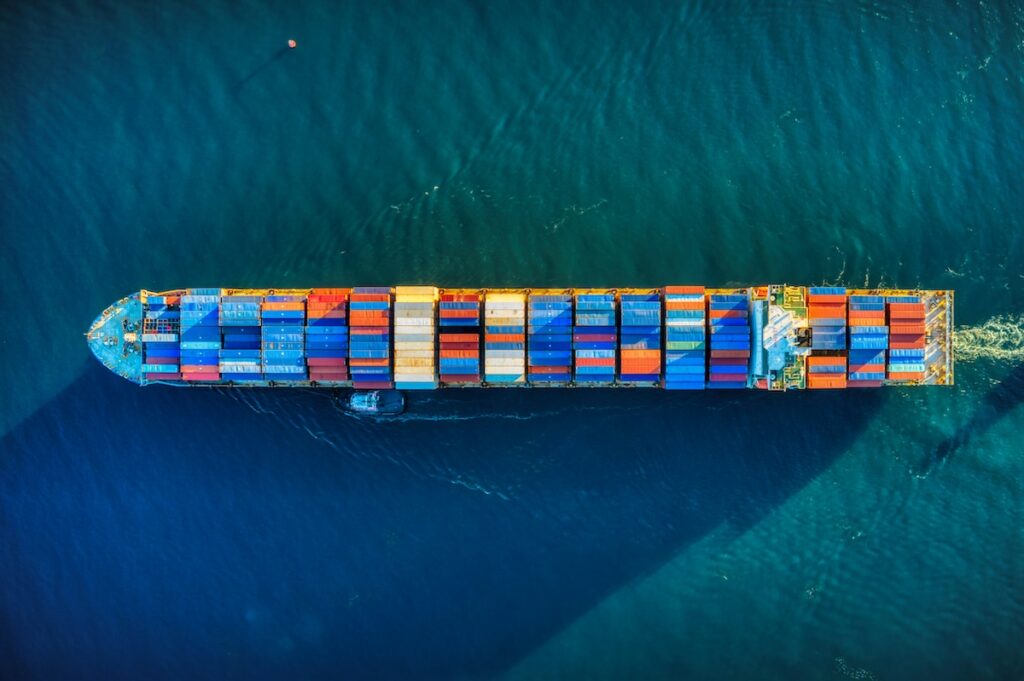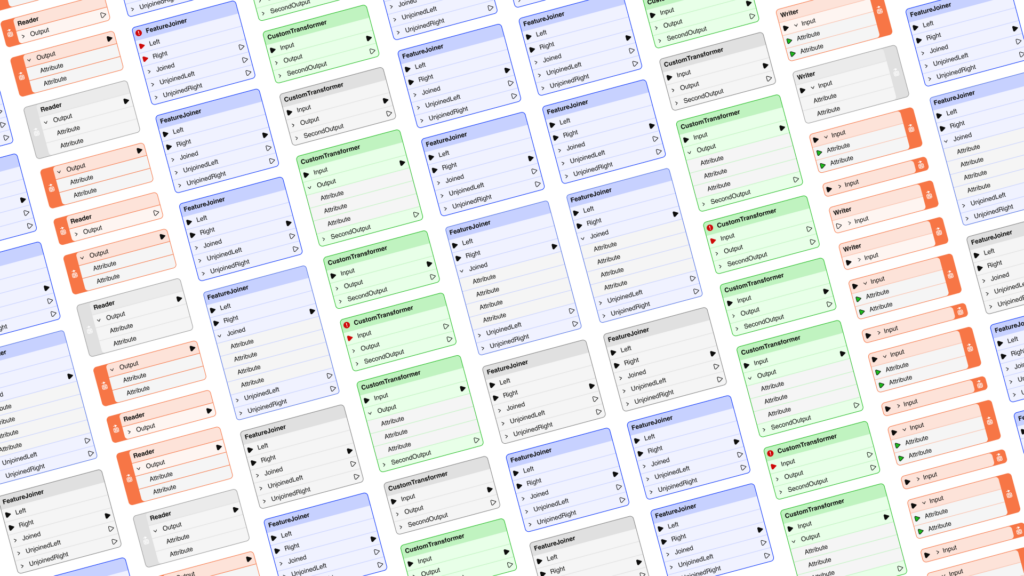Transformation (Part 1): The Key to Unlocking Open Data


More and more data is becoming available all the time and the geospatial community is no exception with many recent open data announcements (i.e. Vancouver and Ordnance Survey). While at one time it seemed difficult to get access to “open” data, the challenge is increasingly becoming how do I use it?
What Defines Open Data?
Some will argue (often from a conflict of interest) that for any data to be truly “open” it must be in an open standard such as GML and XML. However, the real success of “open” data is its usability and the number of folks who actually use it. The fact is that there are lots of “defacto” standards that already exist such as ESRI Shape, MapInfo MIF/MID, and AutoCAD DXF to name a few. To associate “format” with data “openness” is missing the point.
Transformation
Getting value out of data is not just about reading the data, but more about using the data. The key to using ”open” data is transformation.
Transformation is all about taking “open” data sources and massaging or restructuring them so that they can be used directly or easily integrated with your corporate data to deliver maximum value to your GIS or other systems. With transformation you can get value from data easier and faster.
Transformation is an important part of the INSPIRE initiative and I would argue that no SDI is complete without transformation. Next time I will talk about the importance of transformation in a web services / SDI context.
How important is transformation? I believe that it is impossible to fully leverage the power of “open” data without it. What do you think?





